|
Many of you know I love history, from studying archaeology and Egyptology with Exeter University, to writing history articles, I’m often surrounded by something historical.
As well as currently being 9yrs into co-writing a history book about the Greek island of Zakynthos, I’m also researching and writing a history book about the area I live in. During my research I’ve not only delved into archives and ancient records, I’ve also visited sites and museums to see ancient artefacts discovered by accident or during excavations. Recently, I was very excited to finally see in person, two incredible artefacts that were discovered in my village. Seeing something that was used by past dwellers, that are estimated to be over 2,000 years old, was incredible and it makes research even more exciting. So, what were these artefacts? Ancient shoe Thought to date from 640 to 760, this shoe was discovered in the village in 2005, inside a hollow tree trunk. The shoe is so well preserved, that in places the leather still has holes for laces and stitching on it! Until recently it was also thought to have been the oldest excavated ancient shoe in the UK. An ancient spring head Thought to also date from 640 to 760 and found on an excavated Bronze Age site, was a wooden spring head possibly made from poplar or willow. The spring head would have been used by local dwellers to collect water from local springs. This was found in an area with many other significant Bronze Age indicators and artefacts. History is all about reading, looking at evidence, and trying to piece things together to get the bigger picture. I’m so glad I was able to finally see these artefacts in person, they’ve helped me get a further glimpse into the past, adding context to what I’ve already learned, and I can’t wait to add more details to my research! Photos: Chrissie Parker, taken at the RAAM Museum.
0 Comments
Today I’m joining the My Little Ramadan Blog Tour. For those who don't know, My Little Ramadan is the fourth book of Devon author Abigail Yardimci, and it follows her brilliant Life is Yours trilogy. It can be read independently though. I'm so excited about this book release as I absolutely loved Abigail’s first three books, and I was lucky enough to get an Advanced Reader Copy of My Little Ramadan and it was even better than I expected. So, what’s it about? Well, in a nutshell, the main character Jess lives in a Scottish seaside town with her husband Mesut, who’s from Turkey. Struggling with motherhood and the cultural gap between her and her Muslim husband, Jess decides to support him by participating in Ramadan and writes about the experience on her blog. Here's the official book description: One moody Turkish husband, one screaming toddler, thirty days to find true happiness . . . After marrying Mesut, the man of her dreams, having an adorable little boy and moving to a beautiful Scottish seaside town, Jess knows she should feel more grateful. But motherhood is so tough and the cultural gap between her and her husband is starting to show. As Mesut prepares for the Islamic month of Ramadan, Jess figures she should support him. She decides to go nil-by-mouth from sunrise to sunset for thirty days, hoping that some spirituality might rub off on her, especially if she records it all on her blog. When the blog becomes the talk of the town, Mesut objects to his faith being made public. But Jess is certain Ramadan will make her a better person as well as a better mum. With thirty belly-growling days to get through and thirty blog posts to write, could divine intervention be just around the corner? Or will it tear apart everything she loves? My Little Ramadan can be read as a standalone book, but is also a sequel to the uplifting and inspirational Life Is Yours Trilogy. A humorous, heartwarming read with real depth and charm, My Little Ramadan is perfect for fans of Elizabeth Gilbert, Jojo Moyes and Beth O’Leary. Buy My Little Ramadan and find out if Jess completes Ramadan today! It sounds like a great story, right? Well, I can tell you it is! I loved My Little Ramadan, it has absolutely everything! It’s engaging, fresh and at times brutally honest. It grabs hold of you and shares its message in such a frank and sincere way, and that’s what makes it such a great read. The book may be about one woman’s experience with Ramadan, but it also delves into many other subjects too, with situations that lots of readers will identify with. As a reader you also learn so much about cultural differences and how important it is to try and understand other people who aren’t from the same cultural sphere as you. The characters (especially Jess) bare their souls and lives in complete honesty, through a multitude of situations that most would find incredibly difficult to deal with. The support and friendship Jess gets from the other characters throughout it all however is wonderful, and it makes you root for Jess and her lovely family even more. As the pages turn you start to feel like a part of that friendship network too, wanting to know what happens next. My Little Ramadan is one of the best books I’ve read recently. It’s written from the heart and is incredibly honest. It’ll make you laugh, think and cry in equal measure. A truly brilliant book and I can’t recommend it enough.
You can get your own copy of My Little Ramadan from Amazon: https://www.amazon.co.uk/gp/product/B0BK4QKDTZ/ If you want to read any more reviews, then why not head over to some of the other bloggers sites who are posting about My Little Ramadan during the blog tour this week? Don't forget you can also follow the author Abigail, on social media or find out more about her and her books at https://www.abigailyardimci.com/ Like lots of authors and writers, I listen to music when I work. Just like films have a soundtrack, so do lots of writers. Many find that the expression and emotions of great music inspires them when they work. I created a specific writing playlist when I wrote Among the Olive Groves. Over time it’s grown, and it’s now become my go to playlist when writing. Some songs have been removed, others added, but there’s a core set of songs that will always remain on my playlist, because they are important to me. Character memories There are songs that evoke memories of specific locations, characters and scenes in books, and the emotion in the music helps me focus. Sometimes so much, that certain songs epitomise specific scenes. One of those is Save You by The Moxy, which will forever be associated with a chapter in Among the Olive Groves where the Germans finally capture Elena, leaving Angelos heartbroken. Every time I hear it, I still picture a guilty Angelos wishing that he could have done more to protect Elena as he hides in the grass on the Keri headland watching the Germans taunt her. As time has passed other songs have joined the playlist such as the beautiful Home by Vanessa Carlton, Crystal by Stevie Nicks and the stunning songs Dance With Your Shadows and Free Bird by Kirsty Dewar. These are artists who are always playing when I work on my current books. Home, Dance With Your Shadows and Free Bird especially hit home with my characters Angelos and Athena; Angelos because of the guilt he still carries and Athena who has no place in the world and is desperately trying to find out where she belongs, but fails to at every turn. Music from homeThe playlist has other great songs like Protection by Massive Attack, Glory Box by Portishead, and Missing You by Jem. All are artists from the town of Bristol, and it helps me return to the city I grew up in, where some of the characters in past and current books now live. I also listen to Greek music for my books set in Greece. Two of my favourite Greek songs are Αστέρια (Stars), by Elena Paparizou. It is a modern Greek song that reminds me of everything I love about Greece. The high cliffs, sweeping beaches, crystal turquoise seas, green mountains, and the history of Zakynthos. Another is the up-tempo Tik Tik Tik by Glykeria it’s a wonderful uplifting song. The emotions that come from listening to certain songs, help me to better understand the situations my characters are going through, and what they are ultimately facing. If you want to listen to the play list to enjoy the music that accompanies me when I write, you can by clicking this link:
Chrissie is an author who loves history and enjoys travelling and days out exploring. www.chrissieparker.com/books
As with all great tours this one must come to an end. Thank you for joining me on this very special book location tour of Egypt, Jordan and Zakynthos. I hope you enjoyed exploring all the locations. I'd also like to thank you for not only supporting myself but also the Indie Author Week team, who always do an amazing job to pull this week together to highlight some amazing authors. There’s lots more on my website if you would like to discover more, or you can drop me a comment below or email me. Future locations As with all writers I'm busy working on new books and there will be more great locations coming in future including The Greek Mainland, Hydra in Greece, Pompeii and Herculaneum in Italy, and Peru. I’ll also be returning to Jordan, and Zakynthos. If you would like to know more about future releases and what I’m working on, you can find on the details on Coming Soon under the Books tab. Thanks for following my book location tour this week, it's been so much fun and don't forget to follow my social media for up to date news! Don't forgot you can still search and share all the Indie Author week posts and support other authors by using the #IndieAuthorWeekUK hashtag across social media. Chrissie is an author who loves history and enjoys travelling and days out exploring. www.chrissieparker.com/books
I have a love of ancient history and sites. There are so many in the world, some are incredibly popular and well-known, others aren’t as talked about. My husband and I went to Eilat for our honeymoon. Whilst there we decided to explore as much as we could, so we ended border hopping into a few different countries that surrounded the small city on the Gulf of Aqaba. One of these trips took us to Jordan to visit the ancient hidden site of Petra. Once we’d got through the border control, a feat within itself, where we ended up sitting up in a room, minus our passports for what seemed an eternity, we finally made the journey northwards. The trip took about two hours up the Kings Highway and the Desert Highway, passing sand, rock, and Bedouin. A typically Jordanian view. Petra is a stunning place, and nothing can ever prepare you for the size and complexity of this ancient city. The walk down through the winding Siq Gorge is long and hot. The towering rock walls, once split open by a violent earthquake, tower overhead making it both fascinating and eerie. Small rock cut irrigation channels run along the base of the rock and the occasional wall carving or remains of flagstones can be seen. When you finally reach the end, emerging into the city by the famous El Khasneh, it’s worth it! There's so much to explore, from rock cut houses, tombs, even a Roman amphitheatre! There are continuous remains of an entire city that was the base for the ancient Nabataeans who ran the silk route. I loved this ancient site, the incredibly intricately carved buildings, the inspired water irrigation system, the history behind it and the very fact that it was essentially once a hidden city with only two ways in and out. For me Petra must be one of the most beautiful and interesting ancient sites I’ve ever visited. Look out for the final blog post tomorrow where we will finish our book location tour! Don't forgot to share the posts and support other authors in the #IndieAuthorWeekUK hashtag across social media.
Chrissie is an author who loves history and enjoys travelling and days out exploring. www.chrissieparker.com/books
In 2005 my husband and I visited Zakynthos, in Greece, for a friend’s wedding. It turned out to be a fun and interesting week. As well as celebrating a traditional Greek wedding, my birthday fell in the same week and I also had a great opportunity to catch up with family, who lived on the island, that I hadn’t seen for a while. As soon as we arrived, we threw ourselves into island life. We hired a car and explored the island including driving off the beaten track to discover unusual places, as well as visiting the more common tourist sites, such as the shipwreck viewpoint. We also drove through the mountains, visited the very north of the island to view the neighbouring island Kefalonia and explored the southern Vasilikos peninsula. We spent time with people we hadn’t seen in a long time, as well as experiencing a proper Greek wedding, with great food and lots of Greek dancing afterwards! One of my favourite things to do each day was to walk from the apartment to the beach, then up past the olive groves to the small shop. I loved the olive groves, filled with flowers and little geckos (lizards) who scurried though the undergrowth. It was an idyllic spot. One night a talk with locals introduced me to some of the history of the island. The stories were really interesting and one of them, stayed in my brain after we returned home and it eventually became the thing that inspired Among the Olive Groves. Zakynthos is full of Greek charm and hospitality, it has beautiful beaches, lush mountains and stunning olive groves and there’s lots to see and do. My favourite thing about the island is the kaleidoscope of colour the island throws at visitors; from brilliant orange sunsets, vibrant turquoise seas to white limestone cliffs topped in verdant green. It’s a beautiful place to visit and explore. Look out for a blog post every day this week where we will continue to explore all three books and their locations! Don't forgot to share the posts and support other authors in the #IndieAuthorWeekUK hashtag across social media.
Chrissie is an author who loves history and enjoys travelling and days out exploring. www.chrissieparker.com/books
I’ve always had a love of all things Egyptian. The history and culture completely fascinate me, and I’d always dreamed of visiting Egypt one day. I longed to explore tombs and temples and immerse myself in the land of the ancients. Luckily that dream came true, and I’ve now been to the country a few times, visiting both Cairo, Dashur, and Saqqara as well as further south to Luxor and the West Bank. There’s so much to see and do, and I still haven’t seen everything I wanted to. Whilst the pyramids at Giza are truly impressive in their size, and stiflingly hot inside! I was more fascinated by the many tombs and temples. In these ancient structures you can explore the daily lives, and afterlife of the Egyptians. There are stories of how the Pharaohs lived written on temple walls and painted in brilliant colours throughout the tombs. Some of these paintings are so vibrant, and intricate that they leave you in awe. I’ve visited the pyramids, the citadel, the Souk, and Tutankhamen’s tomb. I’ve explored Ramses the greats temple and tomb and spent hours wandering the halls of the Egyptian museum in Cairo. I even braved the mummification museum which turned out to be fascinating! This love of Egypt has led to collecting books on the history and archeology of Egypt and I've even completed two Egyptology courses on the Old Kingdom and the Middle Kingdom. As well as the ancient ruins and history I love the atmosphere of Egypt. The hustle and bustle of the locals, the smell of the spice markets and the welcoming locals. Most of all I love the stunning sunsets, incredible scenery and the fragrant hibiscus tea! My favourite thing to do in Egypt was sailing the Nile at sunset, on Felucca, it is the most magical experience and one I’ll never forget. Look out for a blog post every day this week where we will continue to explore all three books and their locations! Don't forgot to share the posts and support other authors in the #IndieAuthorWeekUK hashtag across social media.
Chrissie is an author who loves history and enjoys travelling and days out exploring. www.chrissieparker.com/books
Whilst visiting Eilat, in Israel (separate post about Eilat coming soon!) we border hopped into Jordan to visit the ancient city of Petra. It was a very early start and the coach trip up the Kings Highway took a few hours, but it was a trip that would prove to be worth it. Jordan is a great country, an expanse of dusty red/brown desert that rises and falls stretching on for endless miles. Mountains line the roadside, only punctuated by the occasional site of a Bedouin tent and its occupants. Arriving in Wadi Musa, the small town where Petra is located, we joined our guide and followed him as we walked through the gates into Petra National Park. Nothing can prepare you for what you see as a visitor, neither can you truly describe to others how incredible Petra is. At first it doesn’t seem like much as you walk a dusty, open path with not much on either side, save for rocky inclines. After ten minutes or so however, you happen upon the Triclinium tomb and some Djinn blocks – ancient structures built by the original inhabitants the Nabataeans 2000 years previously – the first sign of what is to come. They are impressive, but you wonder if it was worth the visit, but the trip doesn’t end there. The path continues steadily on, and suddenly it plunges down through a crack in a rock, between two large edifices of pink stone, once sliced open by an earthquake. Along this path you begin to catch remnants of ancient reliefs, carvings, cobbled flooring, and an ancient water irrigation system, as you marvel at the incredible gorge that nature created. Suddenly, without warning, the path ends and that’s when your visit to Petra really begins. At the end of this gorge stands the impressive El Khasneh (The Treasury), an ancient temple built by the Nabataeans. Turning to your right you suddenly discover that it’s just the first of many ancient sights, as your vision fills with the remnants of ancient tombs, temples, and rock-cut houses. Seeing and experiencing Petra was something I’ll never forget. Petra is a huge ancient city, albeit in a semi-ruinous state, that had belonged to the caravan people who had worked the old spice road, around 2000 years ago. Many of its buildings were carved directly into the rock face which meant they haven’t been destroyed by earthquakes and are still visible. Sadly, not all the city survived though, and the central part is ruinous. Despite that, it’s an incredible place to explore, and just when you think you have finished seeing everything, you find another sight to marvel at. There are the Royal Tombs, Colonnaded Streets, a Roman Amphitheatre and The Monastery, the list is endless and there is so much to see and experience. The rich colourful rock, giving Petra it’s nickname of the Rose Red City, is so vibrant in places and marbled in texture, mixed through with hues of white and grey. You really do get a fascinating insight into the people who built the city and used to live there. No vehicles are allowed into the ancient city, and so most visitors make the trip down on foot, but there are horses, camels and horse drawn carriages for those who need transport. I love Petra, it’s in my top three of favourite places visited and I hope to be able to go again one day. Today the site is well looked after and protected and sits on the UNESCO World Heritage Site list. It’s a place that many don’t know exists, a hidden historical gem in the Jordanian desert, and one that is worth visiting and will welcome visitors with open arms. Look out for a blog post every day this week where we will continue to explore all three books and their locations! Don't forgot to share the posts and support other authors in the #IndieAuthorWeekUK hashtag across social media.
Chrissie is an author who loves history and enjoys travelling and days out exploring. www.chrissieparker.com/books
On the 30 April 1941, a Cant-Z-506B seaplane was spotted in Kefalonia’s harbour by Greek residents. The plane was piloted by Italians and its arrival was the start of the Italian invasion of Kefalonia during World War Two. The plane was one of five seaplanes that had taken off from Brindisi, and they were followed by three transport aircraft that contained sixty Italian parachutists. On the 01 May 1941, two Cant-Z-506B seaplanes landed at Zakynthos. More Italian troops swiftly followed, landing on the island by boat, formally occupying the island. It was a day that islanders had dreaded. Zakynthos and its residents had no choice but to “fall” to the Italian soldiers becoming part of the ever-growing list of occupied territories overseen by the Axis powers. The island of Zakynthos and her neighbouring Ionian islands remained prisoners of the Italians, until fascism fell in 1943. Hopes were high of the war ending in 1943 but things didn’t get better for Greece. They were quickly invaded by the Germans and much of the country, including Zakynthos, found itself under German occupation by September 1943. The war continued to rage on, and Zakynthos wasn’t liberated from its captors until 12 September 1944. During World War Two Occupation Italian soldiers based themselves in Zakynthos Town. They brought in laws that included no cigarettes or tobacco to be brought to Zakynthos without permission, they forbid sale of wheat, no islander was allowed to keep weapons and it was illegal for Zakynthians to write cheques. Italian soldiers regularly searched homes and any weapons, food, oil, or wheat discovered by the soldiers were immediately confiscated. The Italian Army received daily supplies of food and other items, but they were for army use only and not for Zakynthians. The German Headquarters were in Kipi, but they also had bases throughout the island, if the Germans chose to base themselves in a property already owned by a Zakynthian family, the family were forced to hand the house and its belongings over to the enemy. The only place on the island free from Germans and Italians was the mountains, which was a Resistance stronghold. If islanders had thought the Italians were bad, life under the Germans were much worse. They stole from locals, disallowed them to cultivate their own food, were inhumane in their general behaviour, rounded up locals and killed them for no reason, and regularly abused women. Zakynthians did their best to resist their captors and The Resistance movement was a strong one, made up of both men and women. Based in the mountains The Resistance fought against the Italians and Germans whenever possible, but it wasn’t easy, and many paid for their bravery with their lives if they were caught. The Resistance received news of the war by using hidden radios and connections with newspapers in Athens, which allowed them to plan movements against their captors. Life on Zakynthos during the war was incredibly hard. Food was sparse, the Germans ruthless and many islanders had to sell belongings, including furniture and jewellery just to survive. Many went hungry, and life was lived on a continual knife-edge of hunger, desperation, and fear. Zakynthians were monitored wherever they went, there was no work as companies were forced to close, and many islanders ended up begging for food or buying it on the black market just to survive. There are many stories of Island bravery. Men and women who did their best to protect their own, who tried to stop the Germans from looting, stealing, and abusing residents, who fought hard against their oppression whenever they could. Some were successful, others were not. The bravest story of Zakynthos during World War Two is the story of Bishop Chrysostomos and Mayor Loukas Karrer. On 09 September 1943, Commandant Berrenz, the German Commandant of Zakynthos at the time, demanded a list of all Jewish Island residents from Bishop Chrysostomos and Mayor Loukas Karrer. The Mayor and Bishop presented Commandant Berrenz with a list of just two names: their own. They refused to give up the Jewish population and went as far as protecting and hiding all 275 Jewish Island residents, with help from The Resistance. The bravery of the Mayor and Bishop saved many lives and ultimately saw them become heroes of the war. A lasting memorial to them now stands in Zante Town. Nowadays there isn’t much evidence of the war on Zakynthos, but if you know where to look there are still a few small signs. The main Zakynthos airport is situated on the site of the original airfield constructed by the Italians. It was built not long after they arrived so that troops, weapons, and ammunition could be flown to the island rather than bringing them by boat. In the north at Exo Hora there is an old Venetian watchtower that was used by the Italians as a base. A smaller watchtower, also used as a lookout, is situated on the east coast at Kipseli. A few World War Two ruins, such as a stone gun placement still exist on the south east of the island but the German pillbox on the cliffs at Kalamaki has now fallen into the sea. Remains of German fortification are also rumoured to be found at the north of the island. At Kampi there is also a large cross dedicated to those who lost their lives during both World War Two and the Civil War that followed. Ask any local though, and they can give you information about specific places on the island that have stories of the war associated with them. Much of what happened on Zakynthos during World War Two now lives in the minds, hearts, and accounts of those who lived through it, and sadly they are becoming fewer as time passes. We should never forget that the island is what it is today because of the bravery of those who fought hard for their families, their island and ultimately, their freedom. Look out for a blog post every day this week where we will continue to explore all three books and their locations! Don't forgot to share the posts and support other authors in the #IndieAuthorWeekUK hashtag across social media.
Chrissie is an author who loves history and enjoys travelling and days out exploring. www.chrissieparker.com/books
Egypt is a great country steeped in thousands of years of history and culture. I’ve loved reading and learning about it since I was young, and I’ve also completed two Egyptology courses with Exeter University. I try to impart to people what an amazing place it is, but words never seem to wholly do it justice, I always say, the only way to learn about a country is to go and see it for yourself. Egypt is filled with culture and history. Modern day life sits neatly alongside ancient monuments that are thousands of years old. Contrary to some reports Egyptians are friendly accommodating people who will welcome you with open arms and make you feel at home. We all know about the famous sites such as the Sphinx and the Pyramids of Giza, but there are many more magical places to see in Egypt. There’s the fantastic mortuary temple at Medinet Habu in Luxor that has some of the best coloured reliefs, and accounts of Egyptian life I’ve ever seen. Or there’s the temple of Isis at Philae, a beautiful temple that only stands today thanks to rescue work undertaken many years ago by UNESCO to save it from flooding and being lost forever. If you have the time you could journey to the edge of Egypt itself to gaze upon the awe-inspiring Abu Simbel, a sight that just takes your breath away and leaves you wanting more. The list is endless, with so many temples, tombs and other ancient sites spread throughout the Country, you’re spoilt for choice. Egypt also has many museums to house its collection of treasures. The largest is the Egyptian Museum in Cairo which contains artefacts from Tutankhamun’s tomb, as well as items belonging to the heretic King Akhenaten, and if you have a penchant for the gorier side of life you can gaze upon a well-preserved collection of mummified bodies of Royalty past. In Luxor there are two museums, the aptly named Luxor Museum housing treasures found during excavations in Luxor and Karnak, and the Mummification Museum, where every item is dedicated to the ancient art of preserving the dead for the afterlife. If you get bored with the history, and I promise you, you won’t, you could meander your way through the many shopping streets and bazaars bartering for some interesting souvenirs, or beautiful hand-crafted goods, whilst accepting a friendly stallholder’s hospitality of a glass of hibiscus tea. If this isn’t to your taste the luxurious Winter Palace Hotel in Luxor is an ideal place to have a break for a relaxing lunch overlooking the Nile. I could go on. There are so many incredible things to see and do in Egypt, whether you choose to visit Cairo, Luxor, or venture further south to Aswan. You could even combine all three by leisurely cruising down the Nile on a Dahabeeyah. There’s more to see and do in Egypt than you could ever fit into one visit, and you’ll be welcomed with open arms and feel at home in a country that was just made to be discovered. If that hasn’t persuaded you then just imagine stepping onto a felucca, and relaxing as you sail serenely along the Nile, watching the beauty of Egyptian life passes you by, as the sun slowly sets leaving you with a bright shining moon and twinkling stars to guide you gently back to shore. Look out for a blog post every day this week where we will continue to explore all three books and their locations! Don't forgot to share the posts and support other authors in the #IndieAuthorWeekUK hashtag across social media.
Chrissie is an author who loves history and enjoys travelling and days out exploring. www.chrissieparker.com/books
|
AuthorWelcome to my blog, My occasional ramblings will take you on a journey through many subjects, from my books, to history, as well as what it's like to be a writer and my love of travelling! Enjoy the updates! Archives
May 2024
Categories
All
|
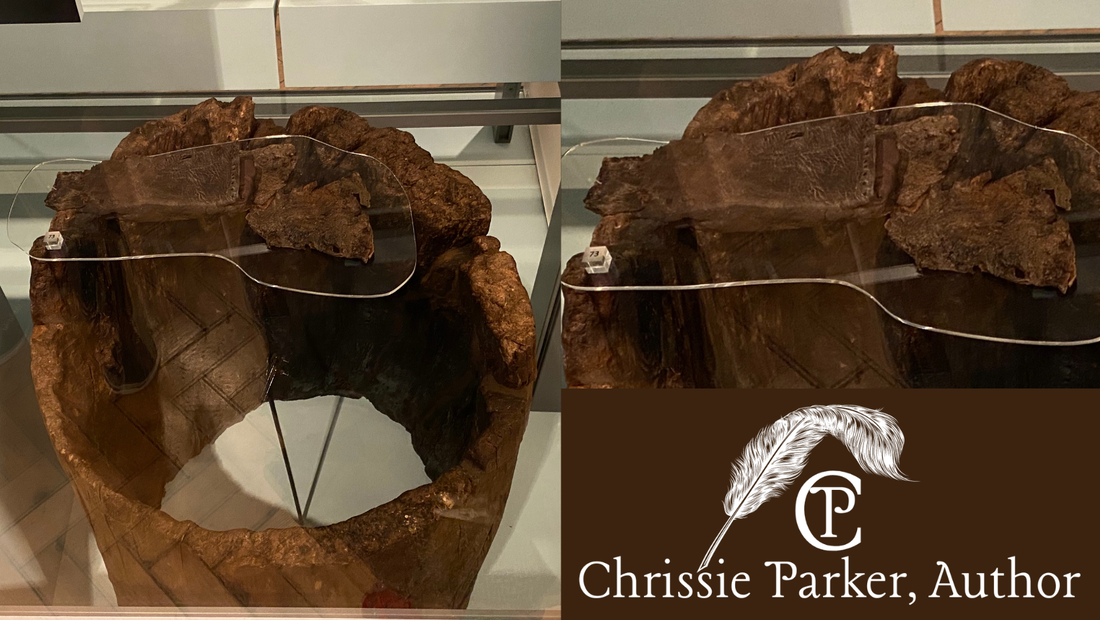
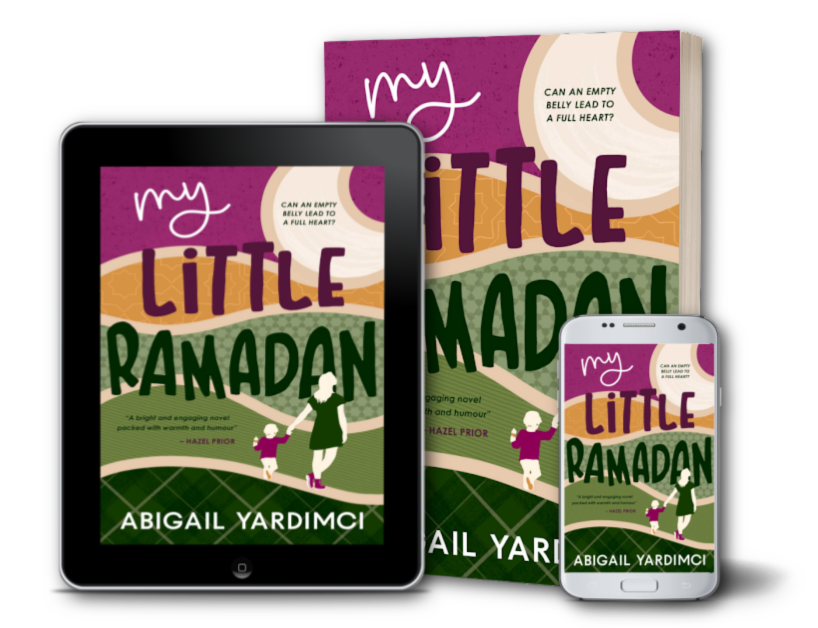
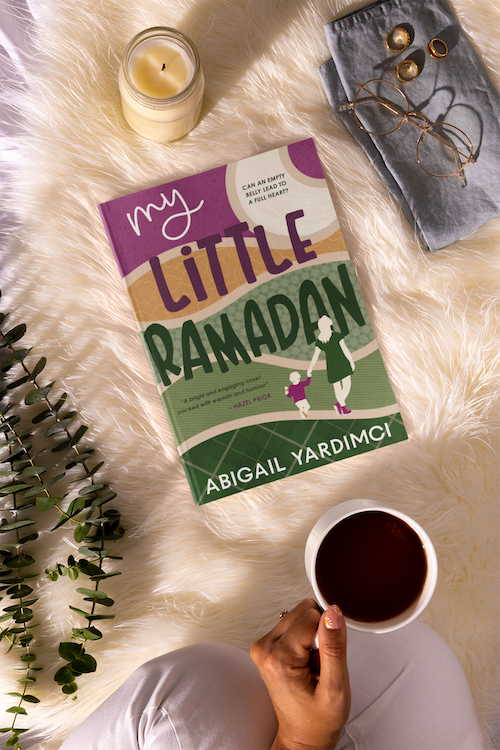
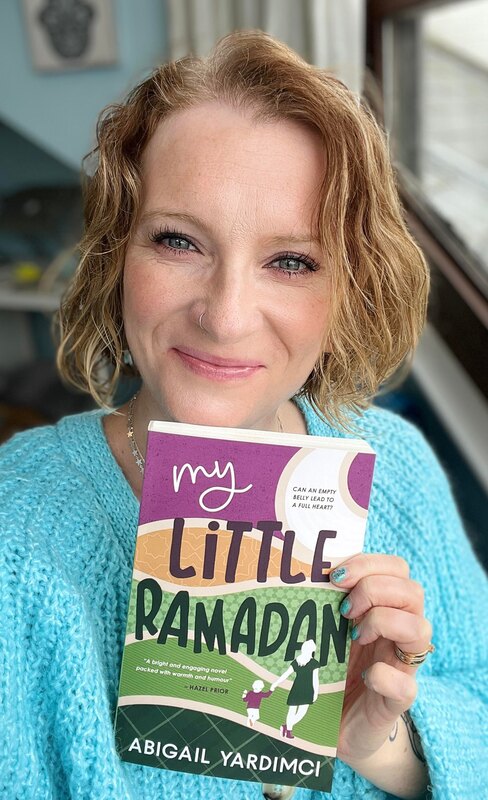
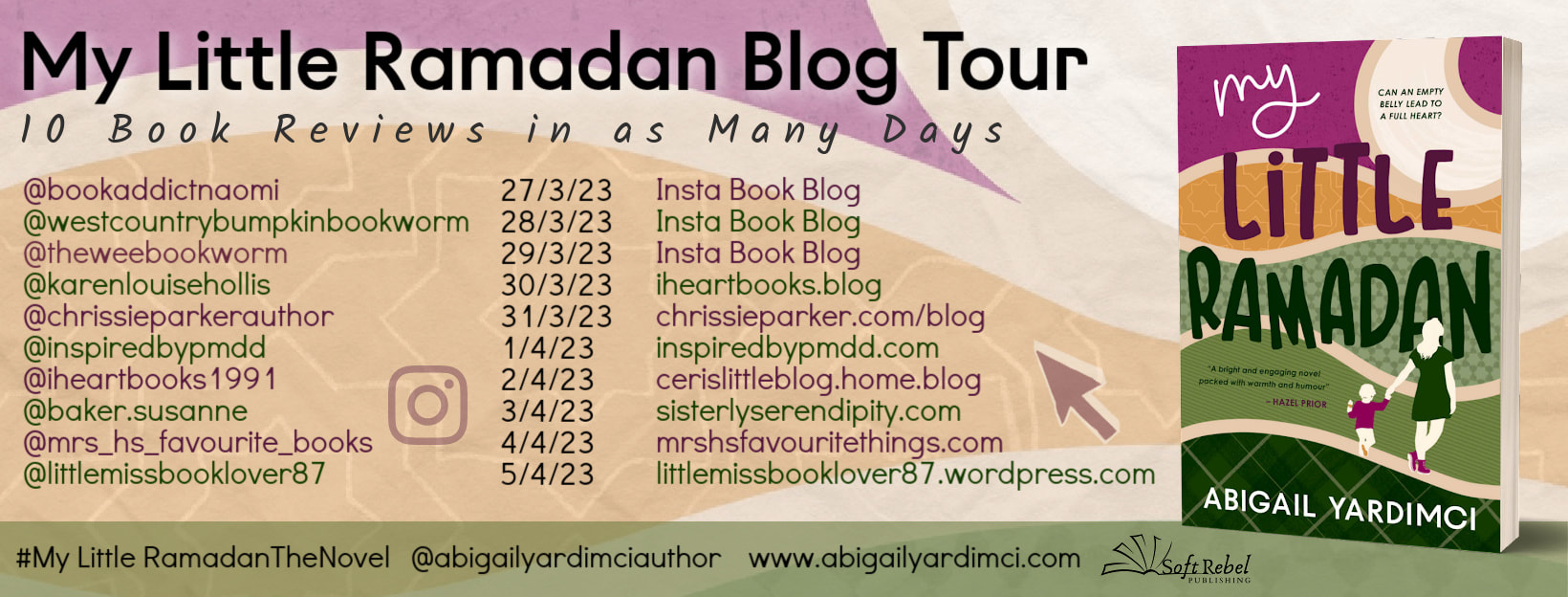
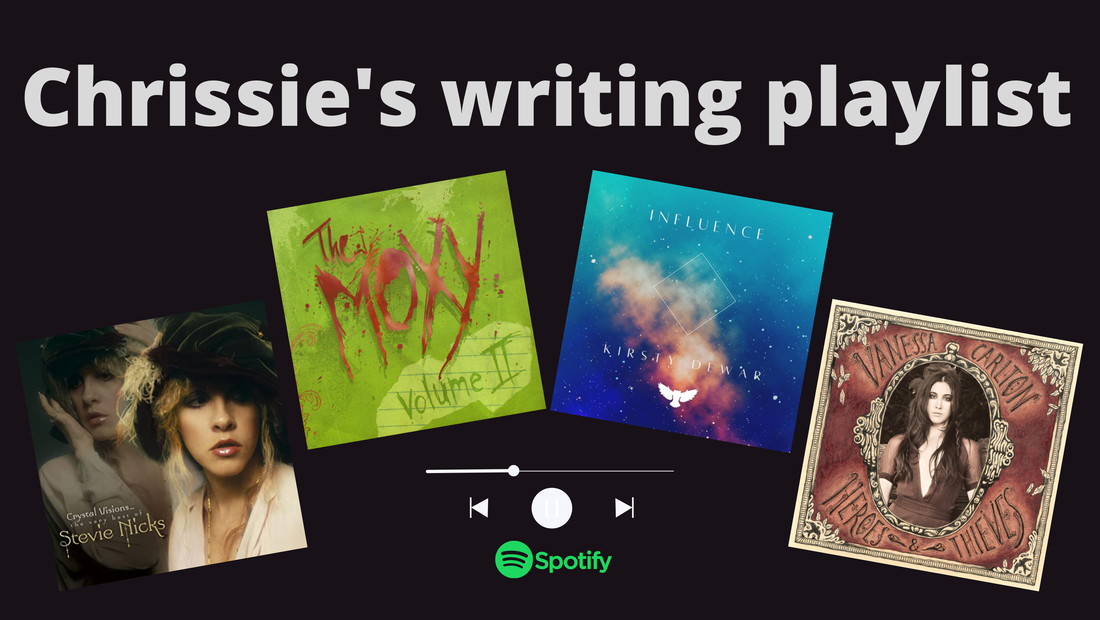

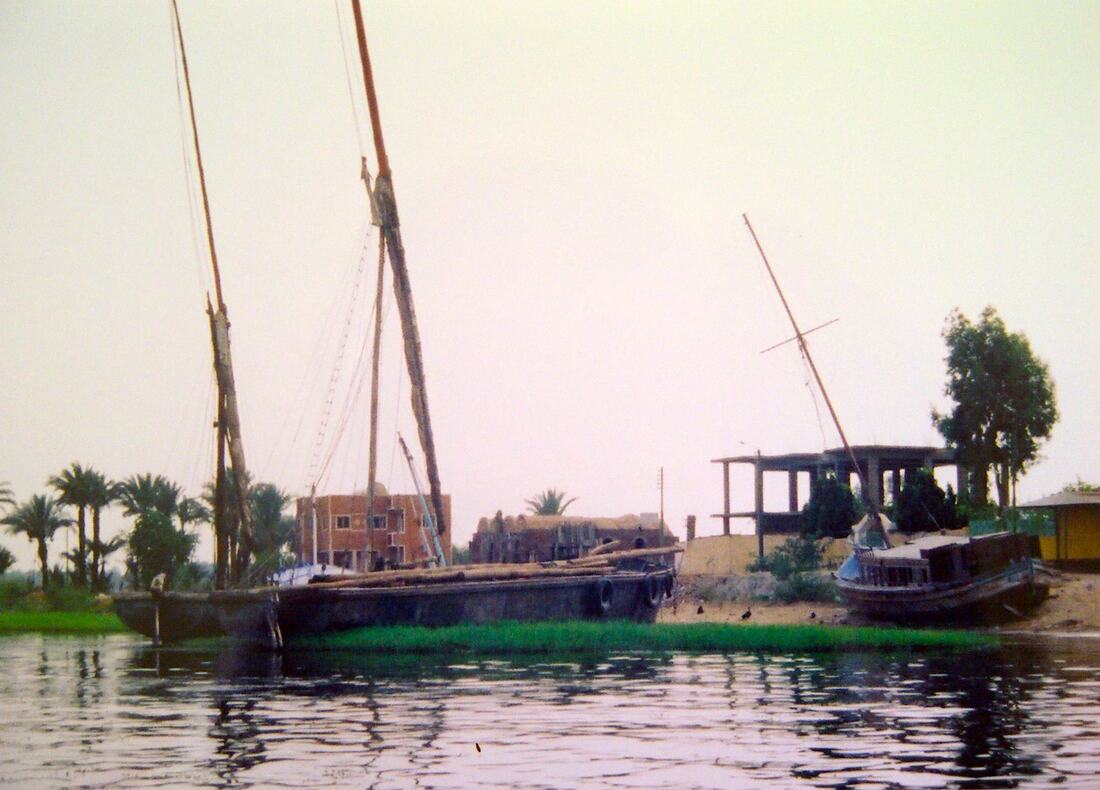
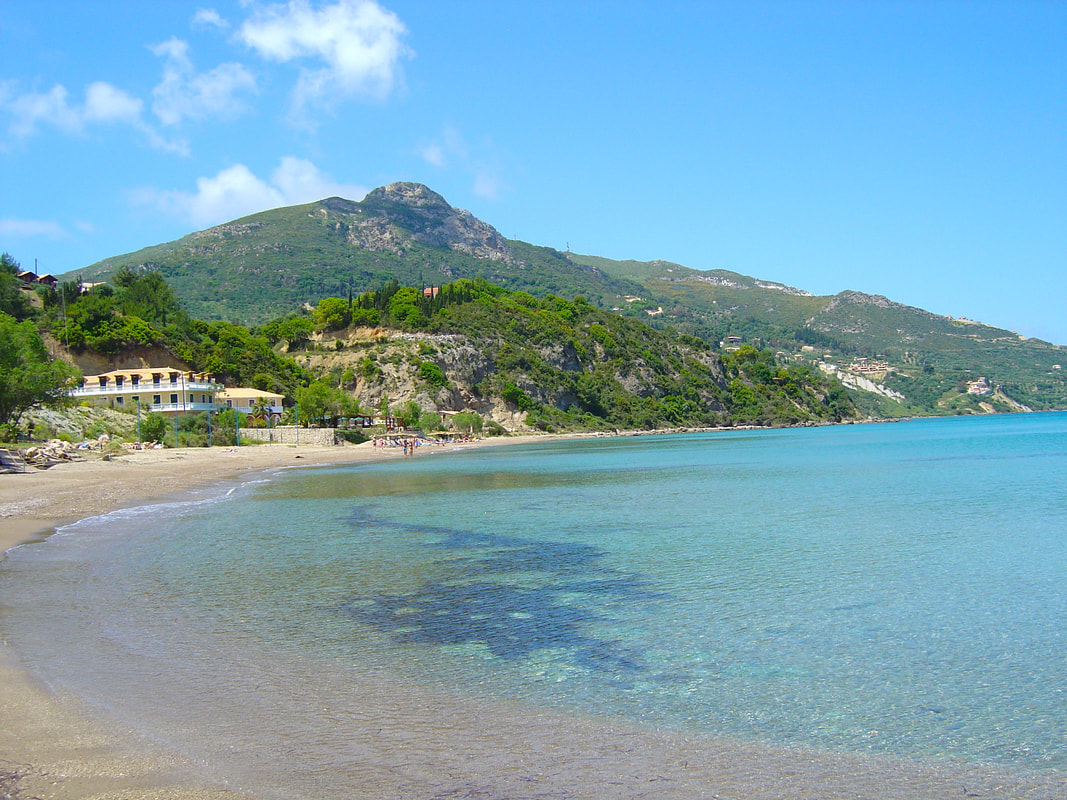
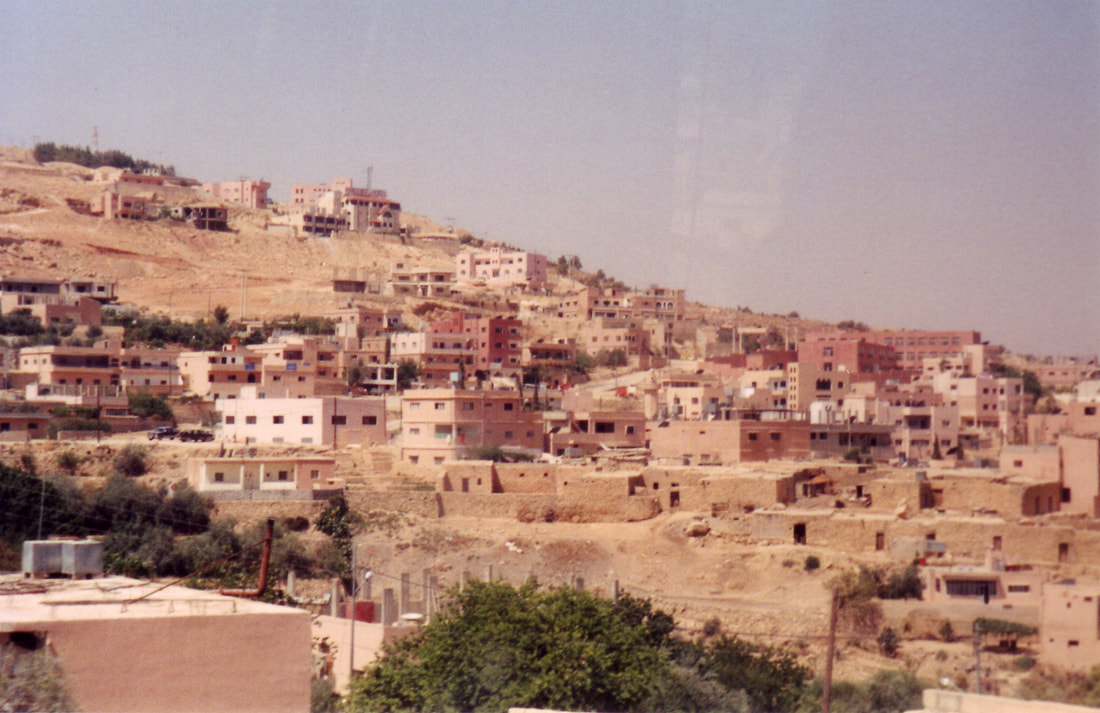
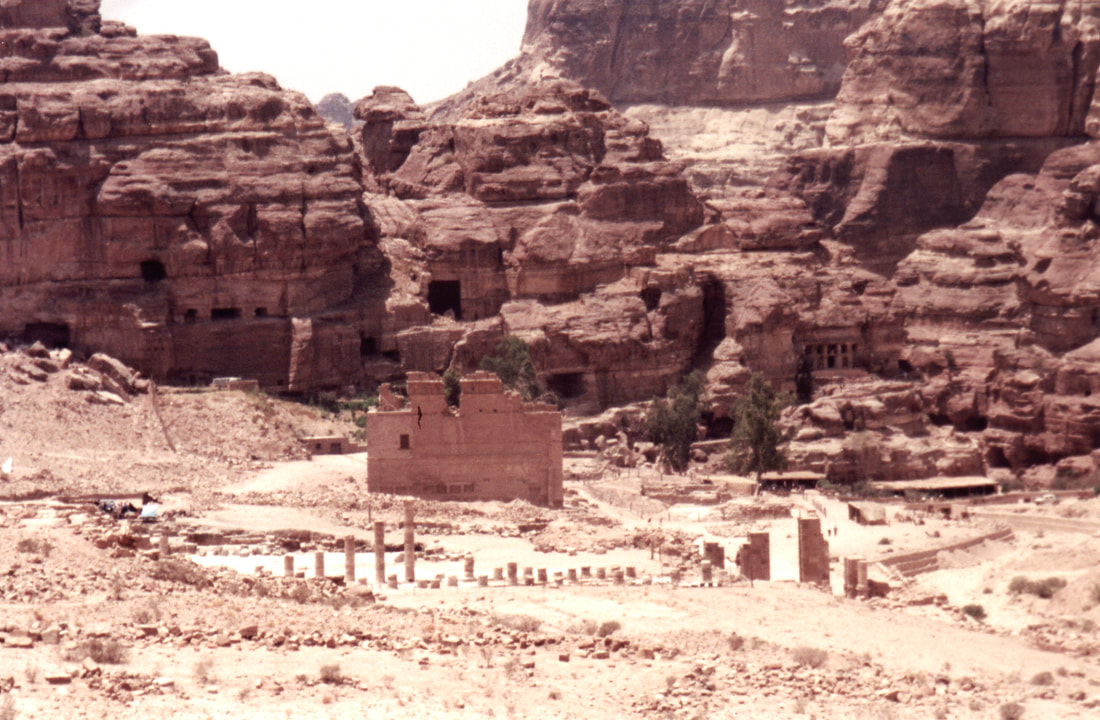
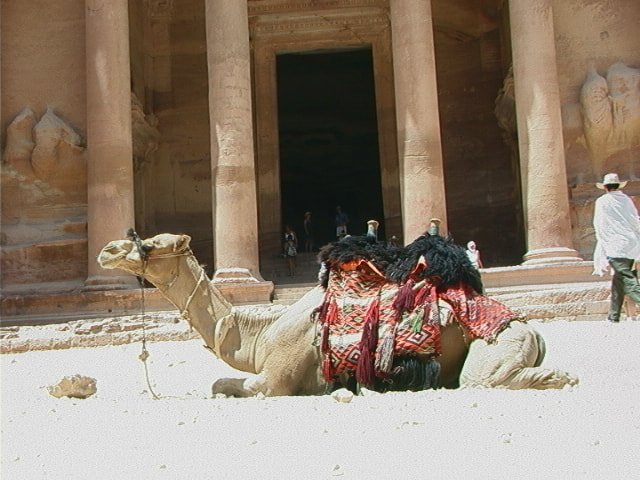
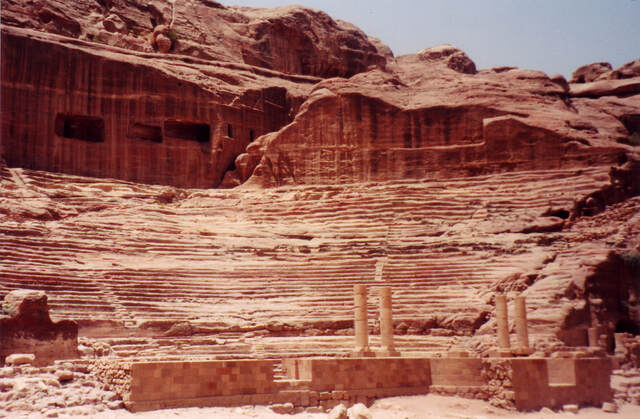
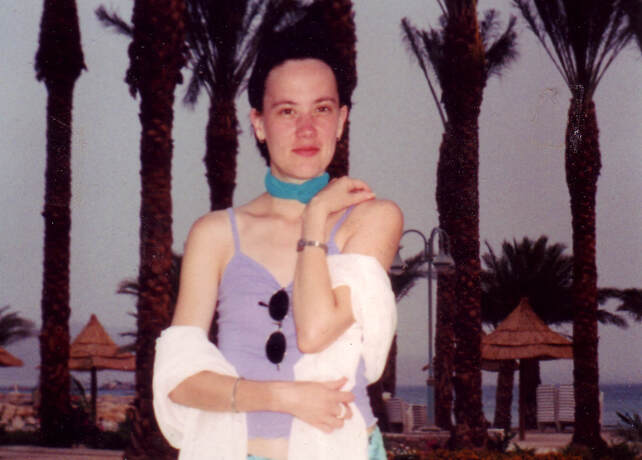
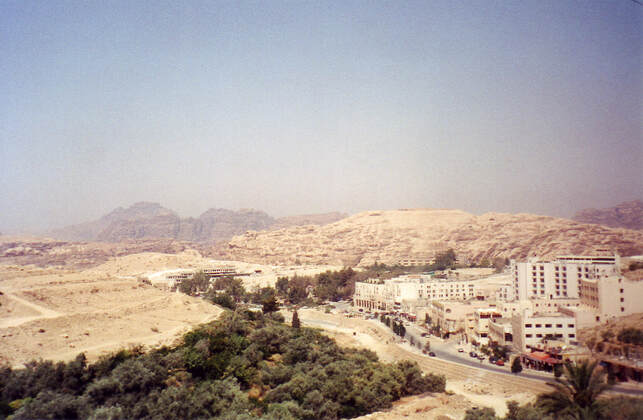
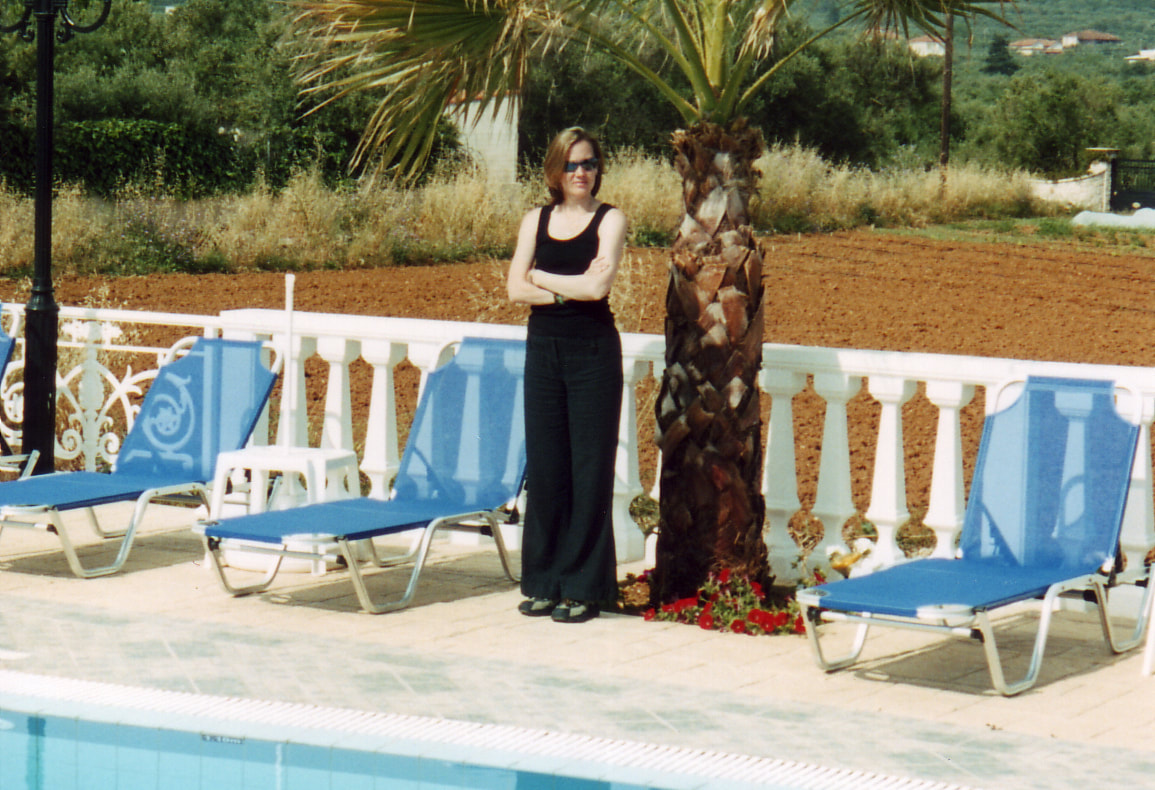
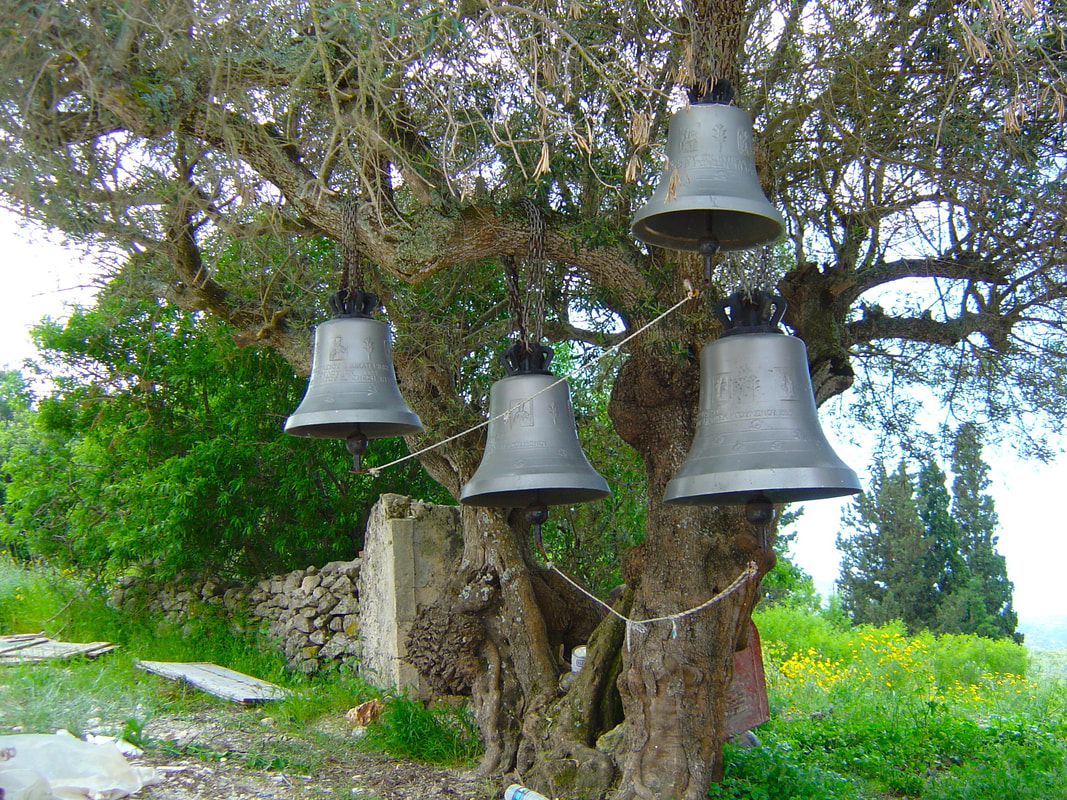
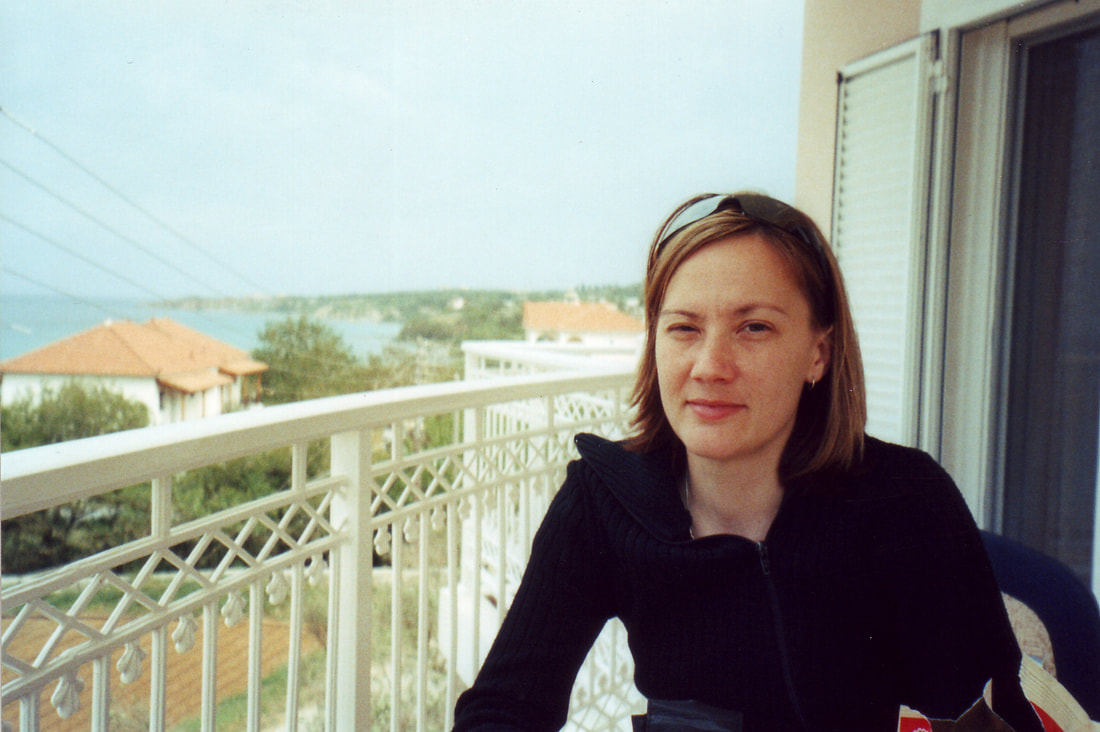
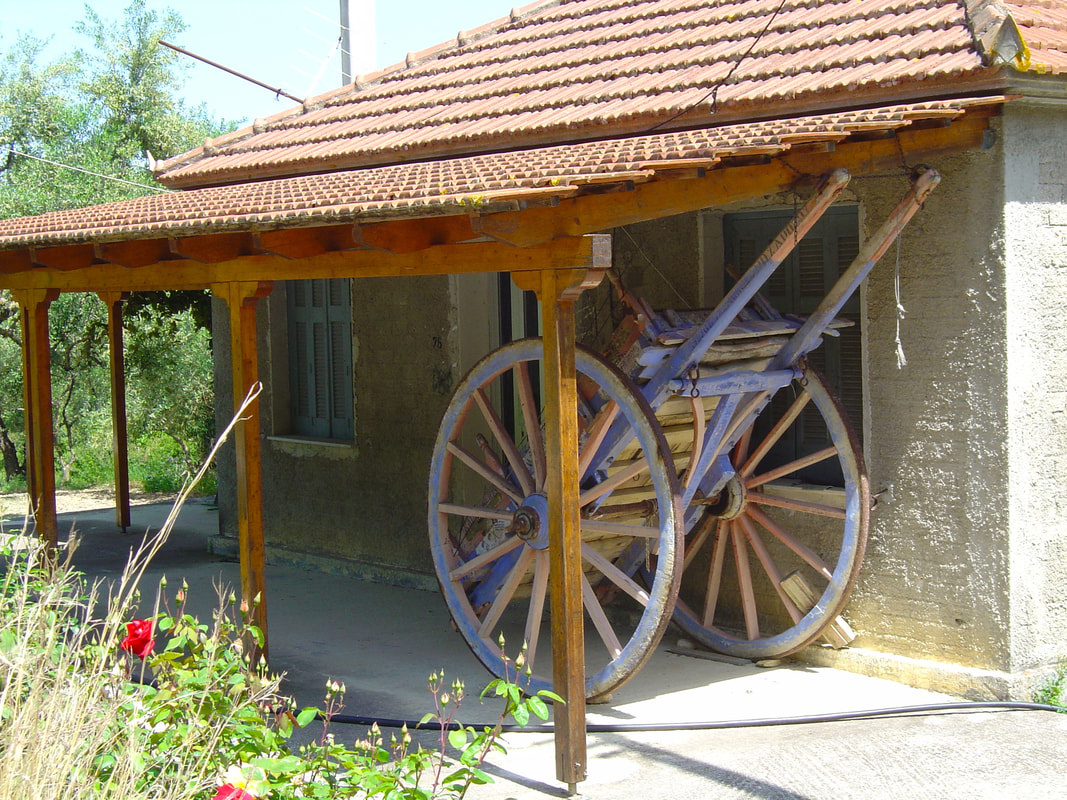
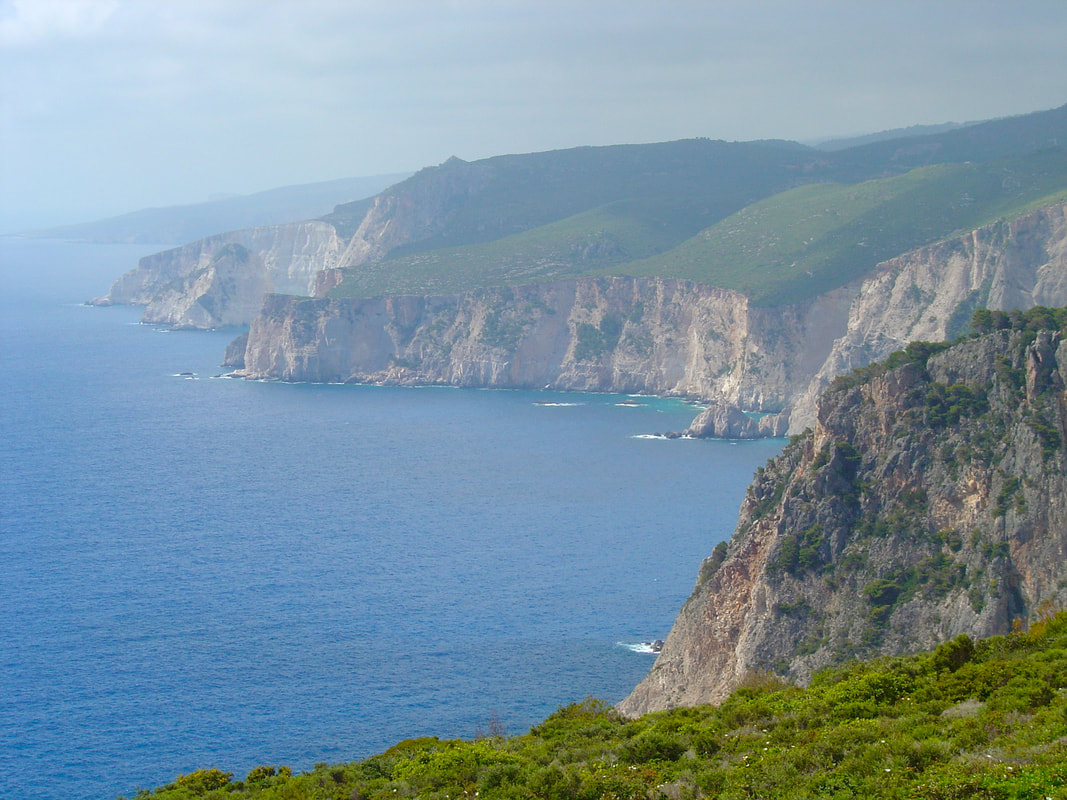
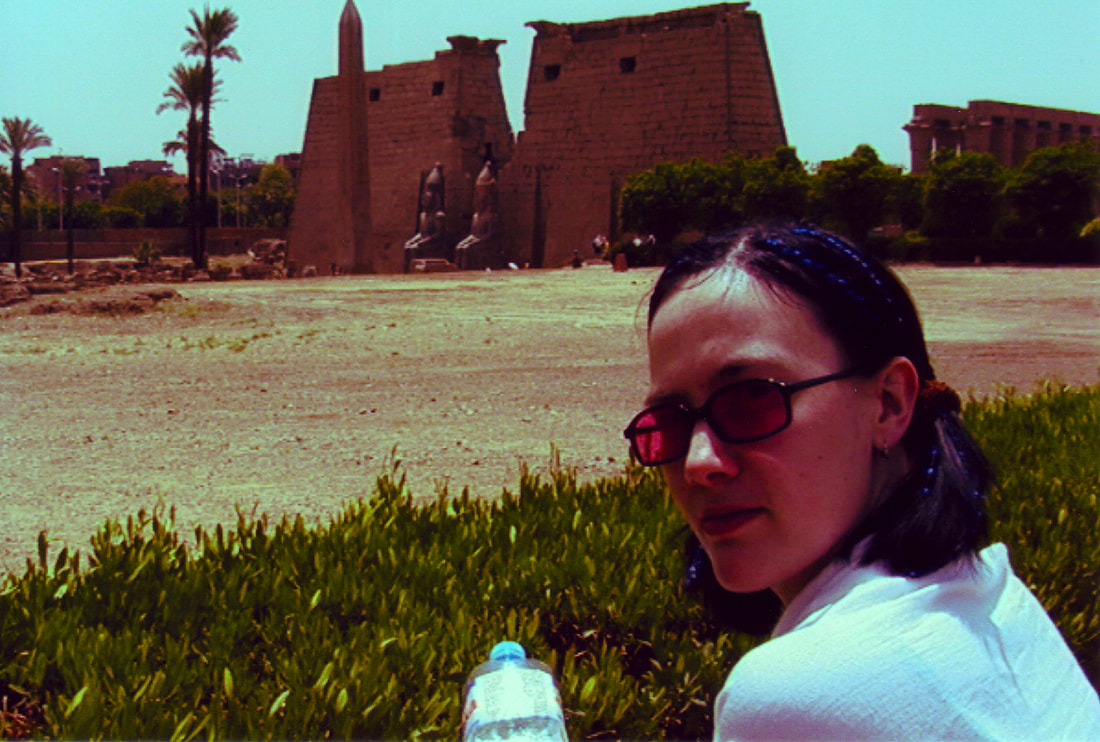
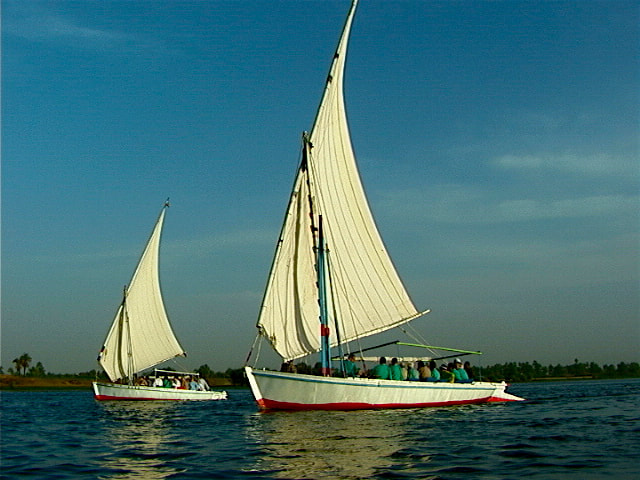
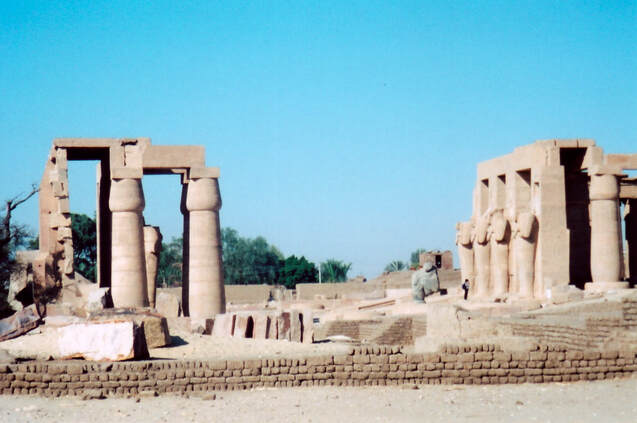
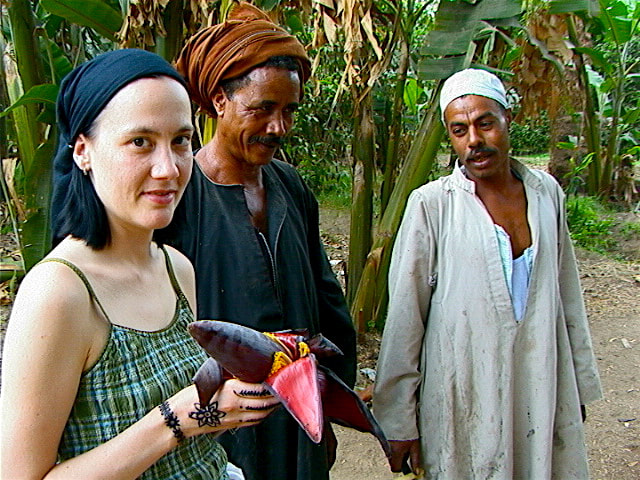
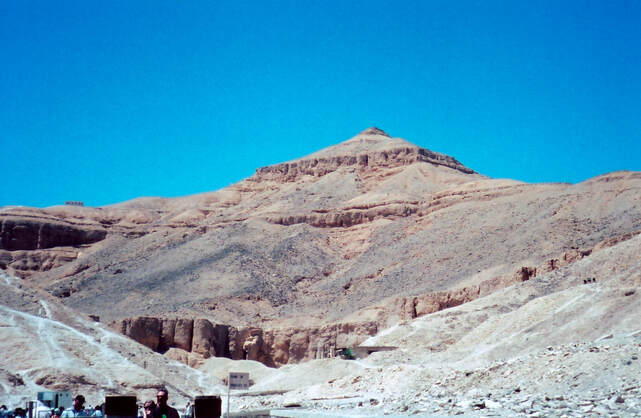
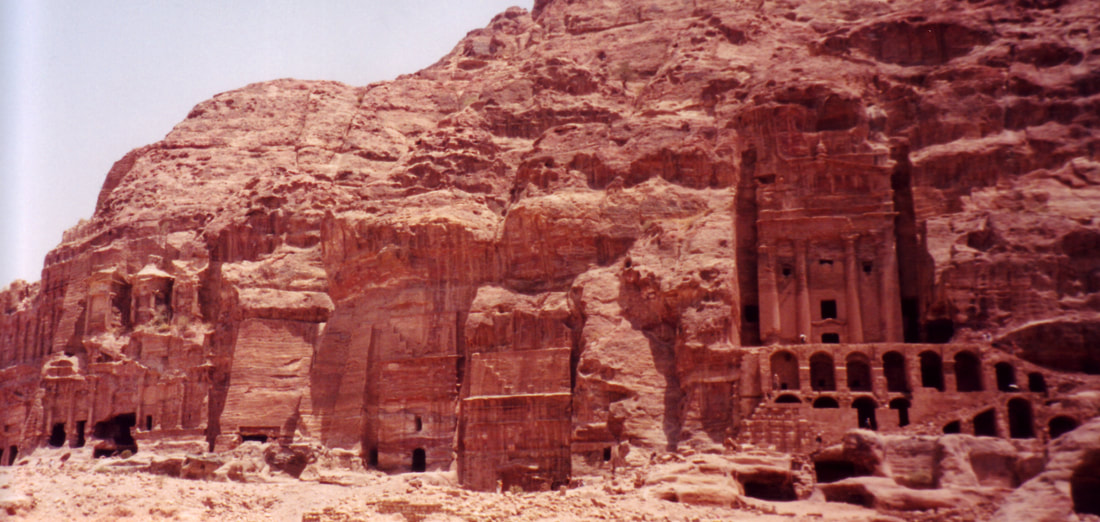
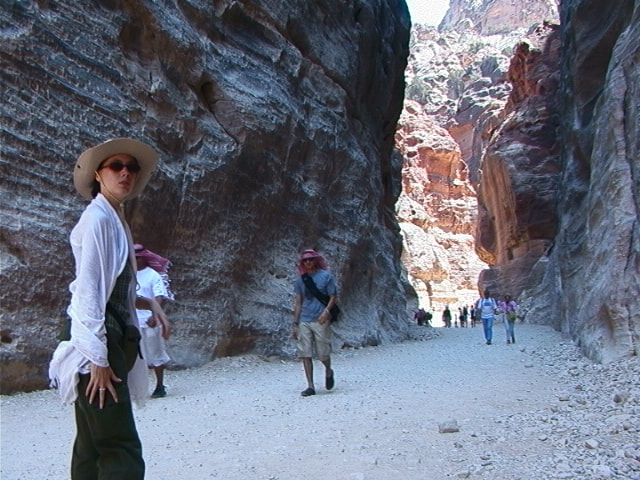
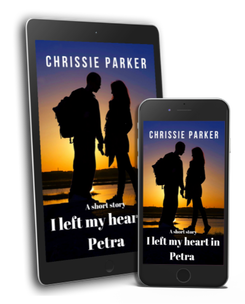
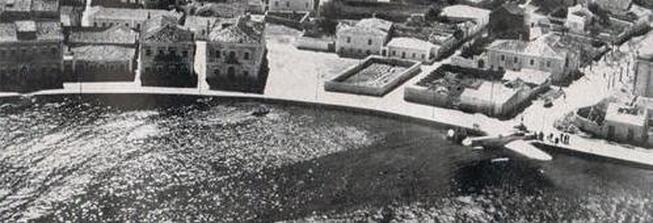
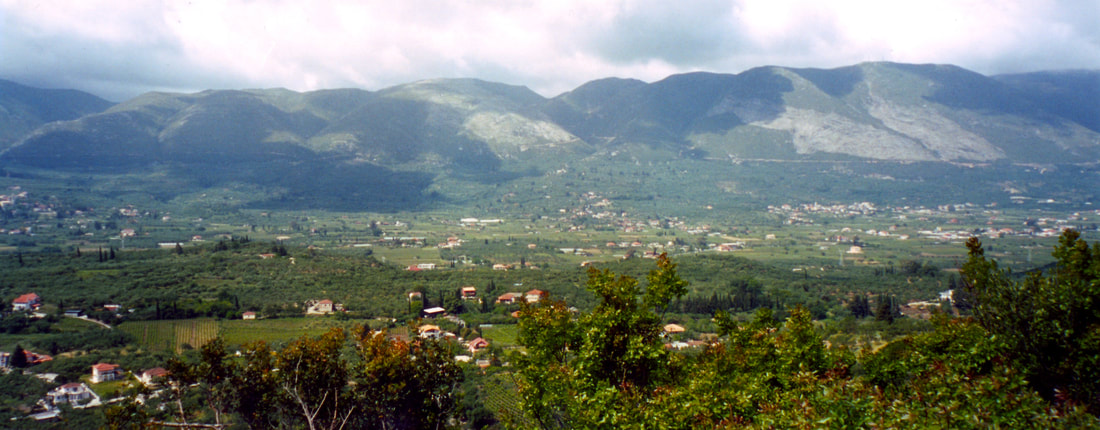
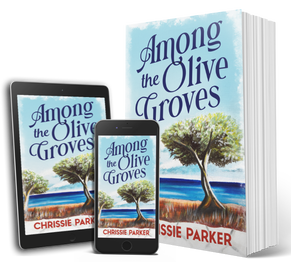
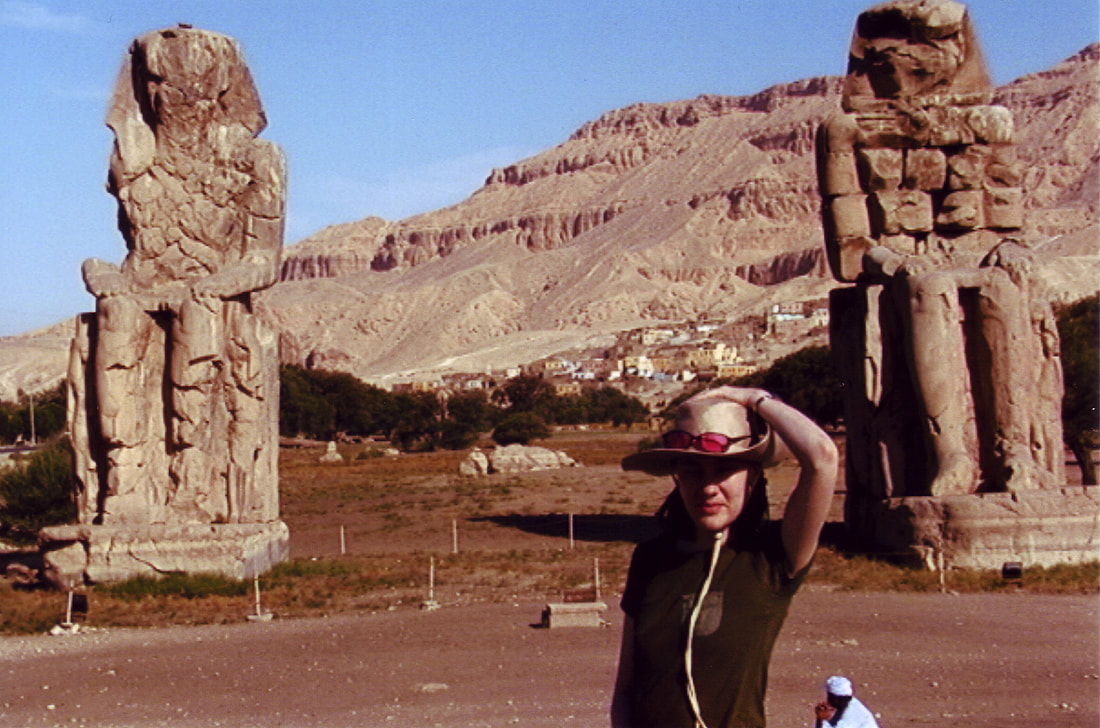
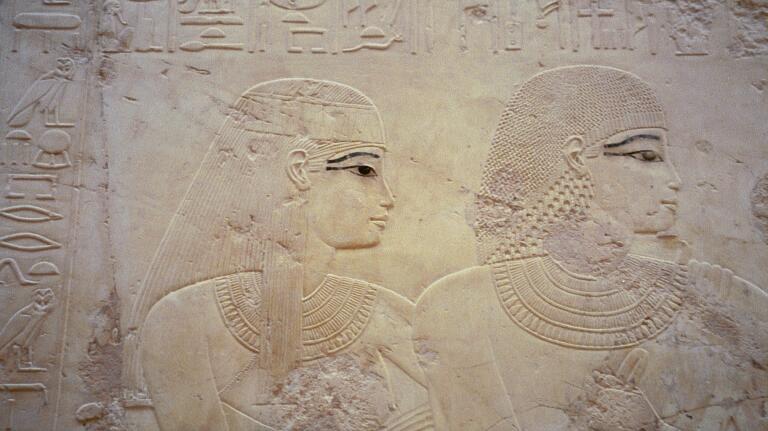
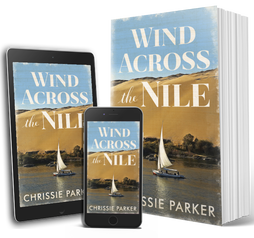
 RSS Feed
RSS Feed